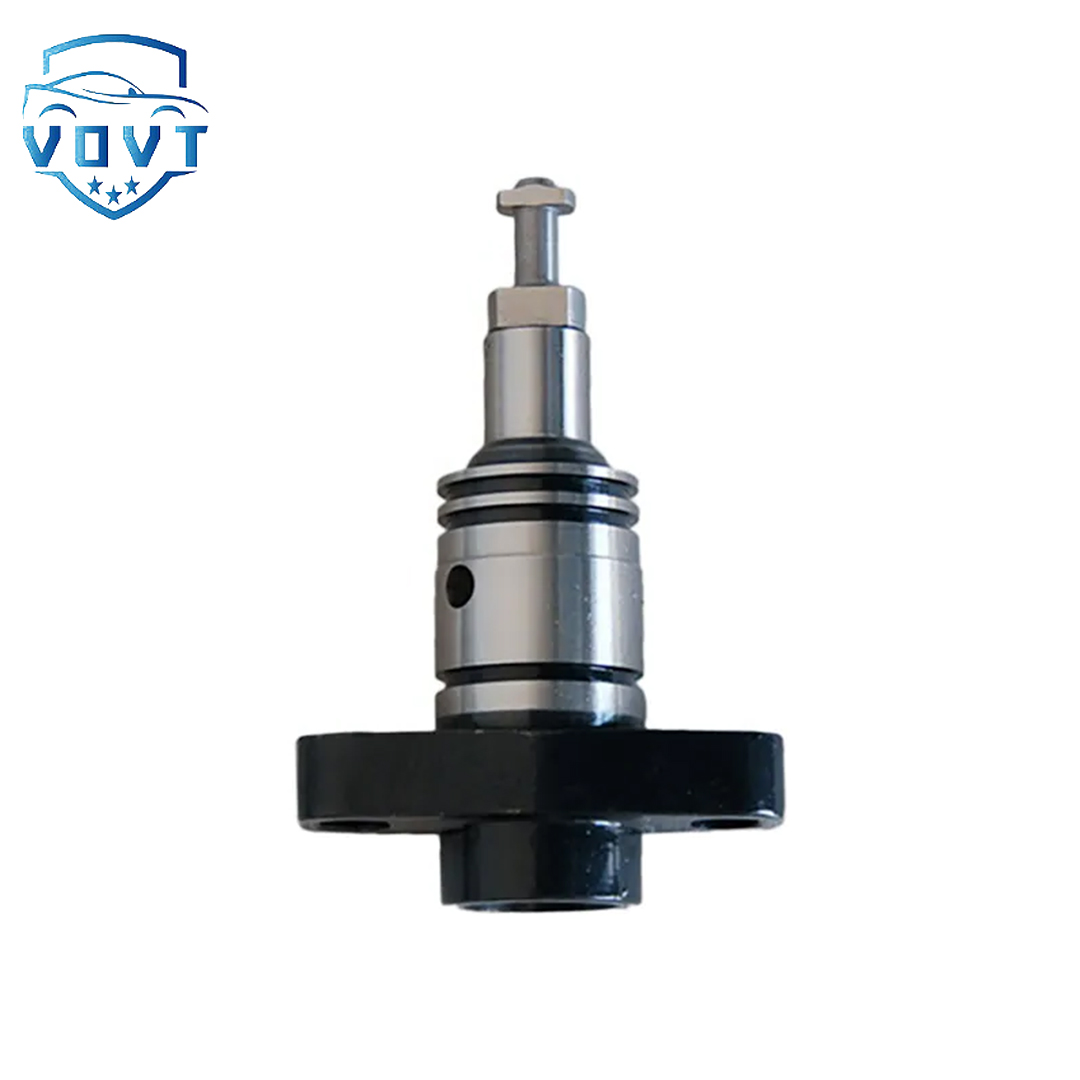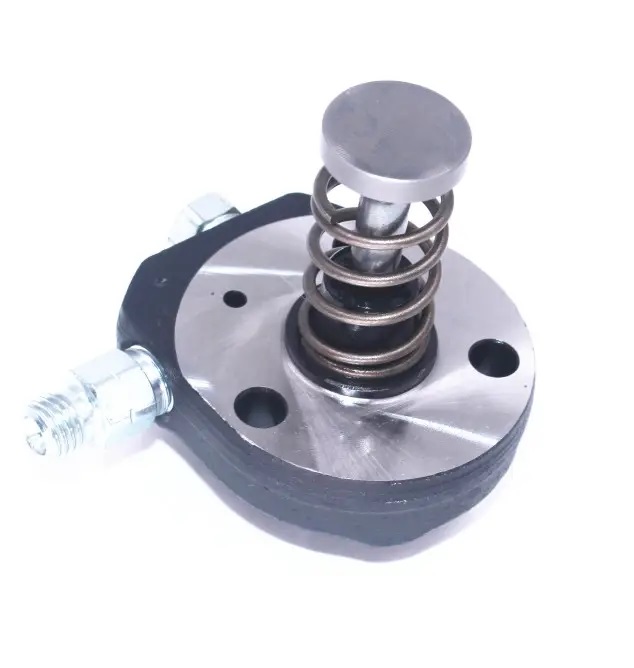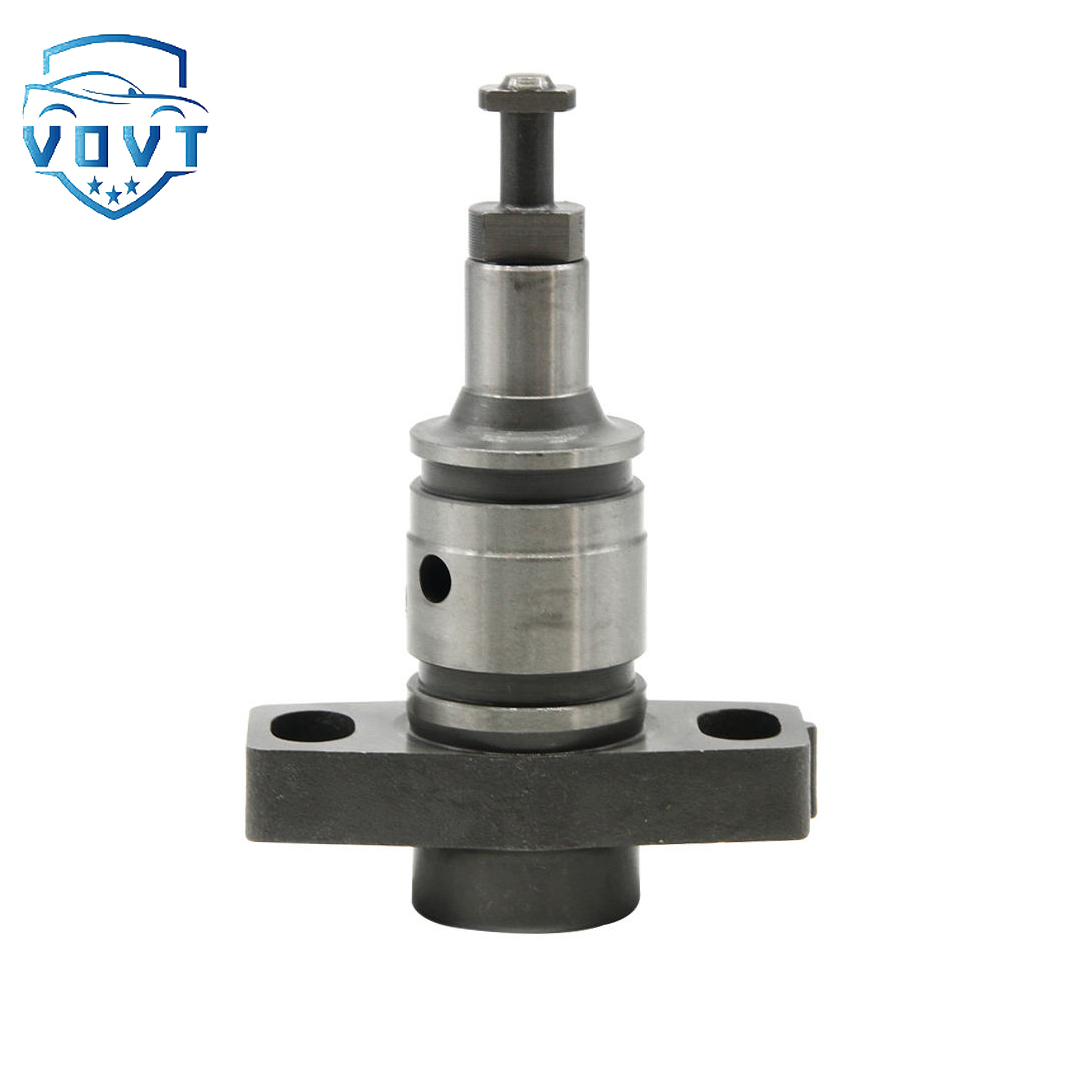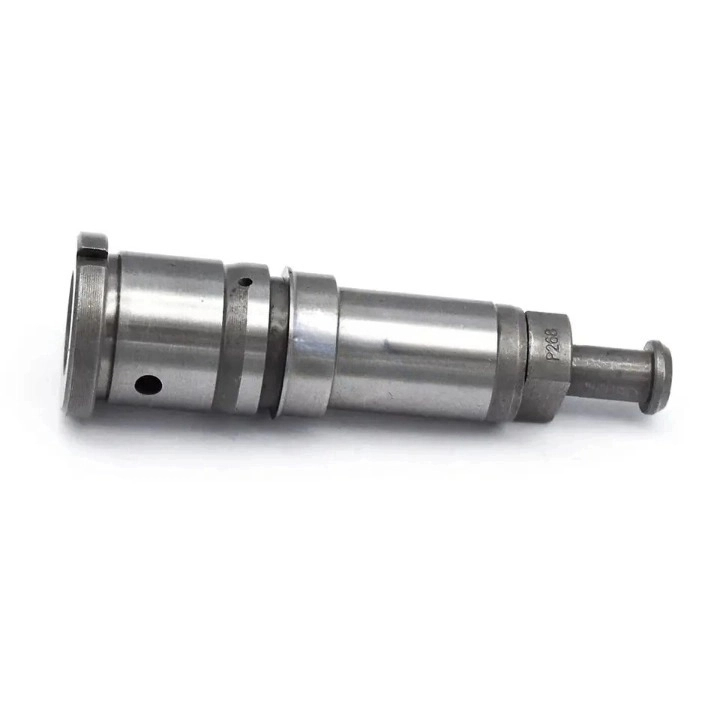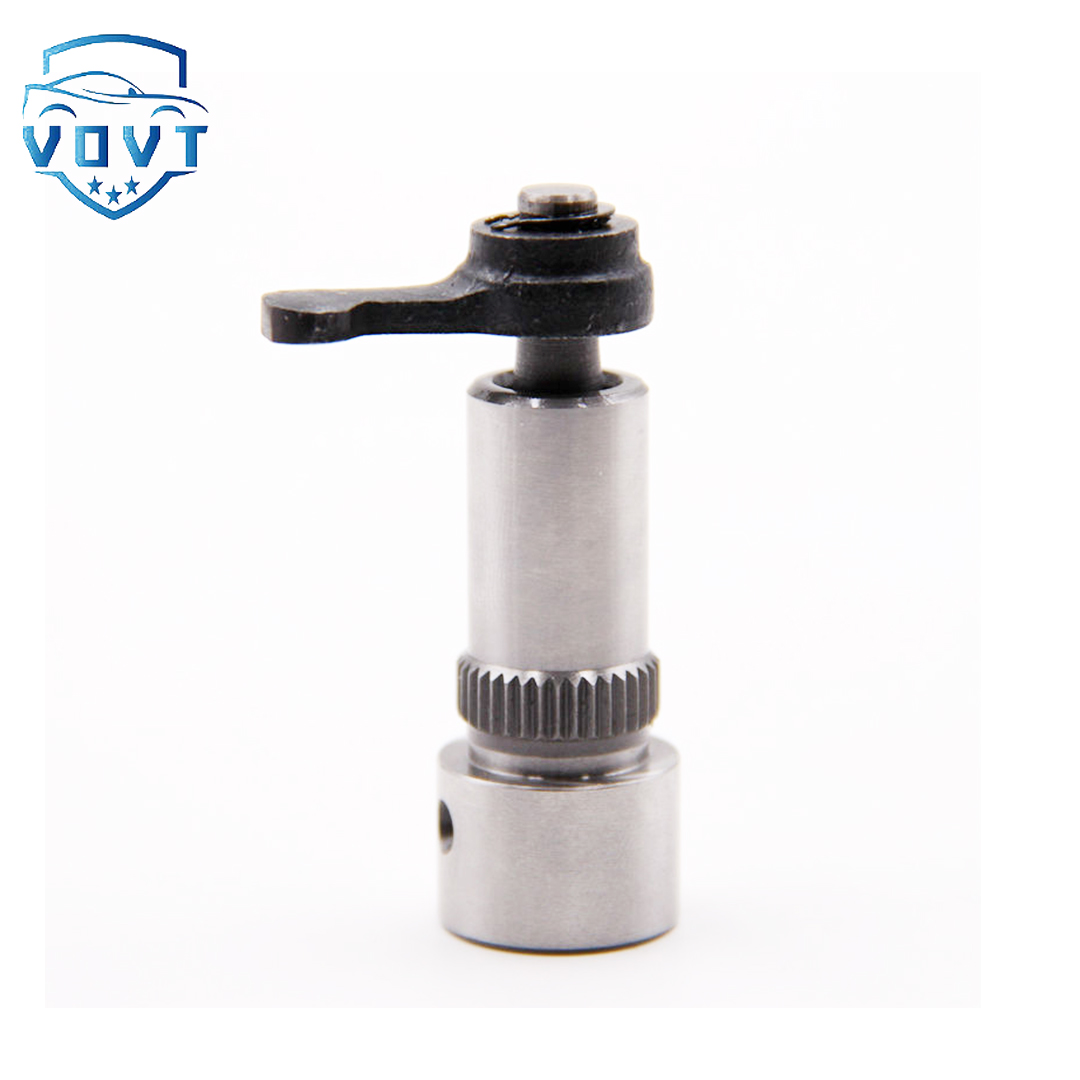Made in China Fuel Injection Pump Plunger 090150-5290 Pump Elements Engine Accessories
products description
| Reference. Codes | 090150-5290 |
| OE/OEM Codes | / |
| Application | / |
| MOQ | 5 PCS |
| Certification | ISO9001 |
| Place of Origin | China |
| Packaging | Neutral packing |
| Quality Control | 100% tested before shipment |
| Lead time | 7~15 working days |
| Payment | T/T, Paypal, Western Union or as your requirement |
Working principle of plunger pump
Axial piston pump
Structural basis: It is mainly composed of cylinder body, plunger, distribution plate, swash plate and other components. Multiple plungers are evenly distributed in the circumferential direction of the cylinder body, the axis of the plunger is parallel to the axis of the cylinder body, and the swash plate is inclined at a certain angle to the axis of the cylinder body.
Oil suction process: When the motor drives the cylinder body to rotate, the plunger reciprocates under the action of the swash plate. When the cylinder body rotates to a certain angle, the plunger begins to extend outward. At this time, the volume of the sealed working chamber formed by the bottom of the plunger and the cylinder body gradually increases, generating negative pressure. Under the action of atmospheric pressure, the oil enters the sealed working chamber through the oil suction window on the distribution plate, completing the oil suction process.
Oil pressure process: As the cylinder body continues to rotate, the plunger begins to retract inward under the push of the swash plate, the volume of the sealed working chamber gradually decreases, the oil is squeezed, and the pressure increases. When the plunger moves to a certain position, the oil is squeezed out through the oil pressure window on the distribution plate and transported to the pipeline of the hydraulic system to realize the oil pressure process.
Flow regulation: By changing the inclination angle between the swash plate and the cylinder axis, the stroke of the plunger can be changed, thereby adjusting the flow of the plunger pump. The larger the inclination angle, the longer the stroke of the plunger, the more oil is sucked and discharged in each working cycle, and the greater the flow of the pump; conversely, the smaller the inclination angle, the smaller the flow.
Radial Piston Pump
Structural basis: It is mainly composed of stator, rotor, plunger, distribution shaft and other components. Multiple plungers are evenly distributed along the radial direction of the rotor, and there is a certain eccentricity between the rotor and the stator.
Oil suction process: When the rotor rotates under the drive of the motor, the plunger is always in contact with the inner surface of the stator under the action of centrifugal force or spring force. During the rotation of the rotor, when the plunger rotates to the upper half of the stator, the plunger extends outward under the action of centrifugal force, etc., and the volume of the sealed working chamber between the plunger and the rotor gradually increases, forming a negative pressure. The oil enters the sealed working chamber through the oil suction port on the distribution shaft under the action of atmospheric pressure to complete the oil suction.
Oil pressure process: When the plunger rotates to the lower half of the stator with the rotor, the inner surface of the stator forces the plunger to retract inward, the volume of the sealed working chamber gradually decreases, the oil is squeezed, and the pressure increases. The oil is discharged through the oil pressure port on the distribution shaft and transported to the hydraulic system to realize the oil pressure process.
Flow regulation: The flow rate is adjusted by changing the eccentricity between the stator and the rotor. When the eccentricity increases, the plunger stroke increases and the pump flow increases; when the eccentricity decreases, the flow rate decreases. When the eccentricity is zero, the plunger does not reciprocate and the pump does not output oil.




















